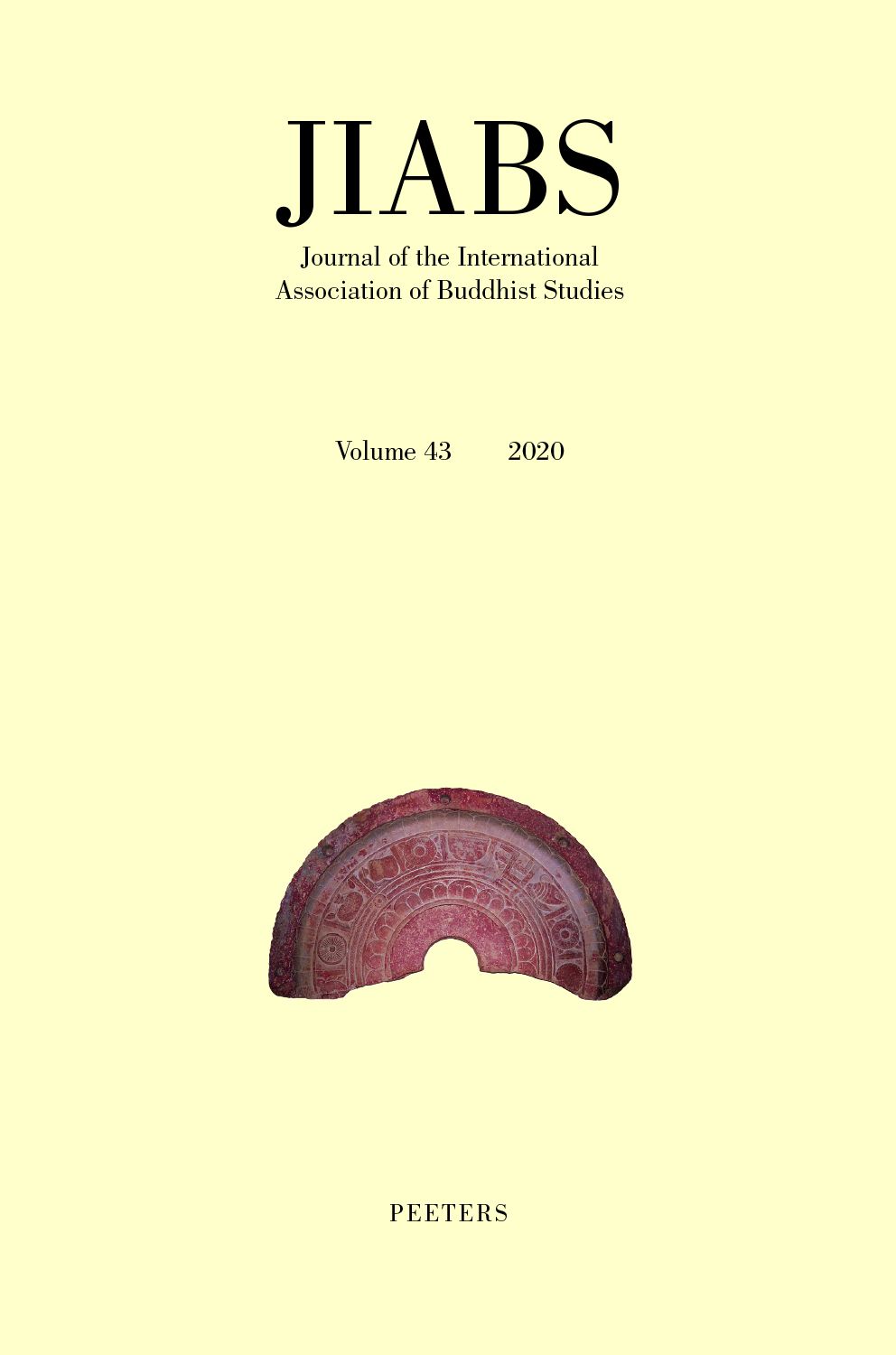 previous article in this issue previous article in this issue | next article in this issue  |

Preview first page |
Document Details : Title: Neutral Third Parties in Buddhist Disputation Practice Subtitle: Dharmakīrti and Early Tibetan Scholasticism Author(s): SAMUELS, Jonathan Journal: Journal of the International Association of Buddhist Studies Volume: 47 Date: 2024 Pages: 359-413 DOI: 10.2143/JIABS.47.0.3294227 Abstract : Dharmakīrti’s Vādanyāya presented a new Buddhist perspective on public disputation, especially in its treatment of the nigrahasthāna ('grounds for defeat'). The treatise’s discussion about the criteria for judging the loss of a disputation is testament to the lively interaction between Buddhist and Nyāya scholars. Both the nigrahasthāna and Dharmakīrti’s explanation of them have been the topic of various studies. But intertwined with these grounds is another topic, that of third-party involvement in debate, discussion of which is present in Buddhist, Nyāya, and other writings, but has not attracted such attention. Following the translation of the Vādanyāya and its commentaries into Tibetan, native scholars engaged in their own energetic discussion on the third-party roles, expanding considerably on what is found in Indian sources. Between the 12th and 13th centuries, two branches of thought – that of scholars from Gsang phu Monastery, the other of Sa skya Paṇḍita (1182-1251) and his supporters – established themselves. Looking back to the remarks in the Sanskrit writings that provoked their discussions, and making use of previously unavailable Tibetan manuscript sources, this article reconstructs the early discourse, to explore the thinking on third parties, and consider what we might learn about the structure of medieval Buddhist disputation practice. |
 |


